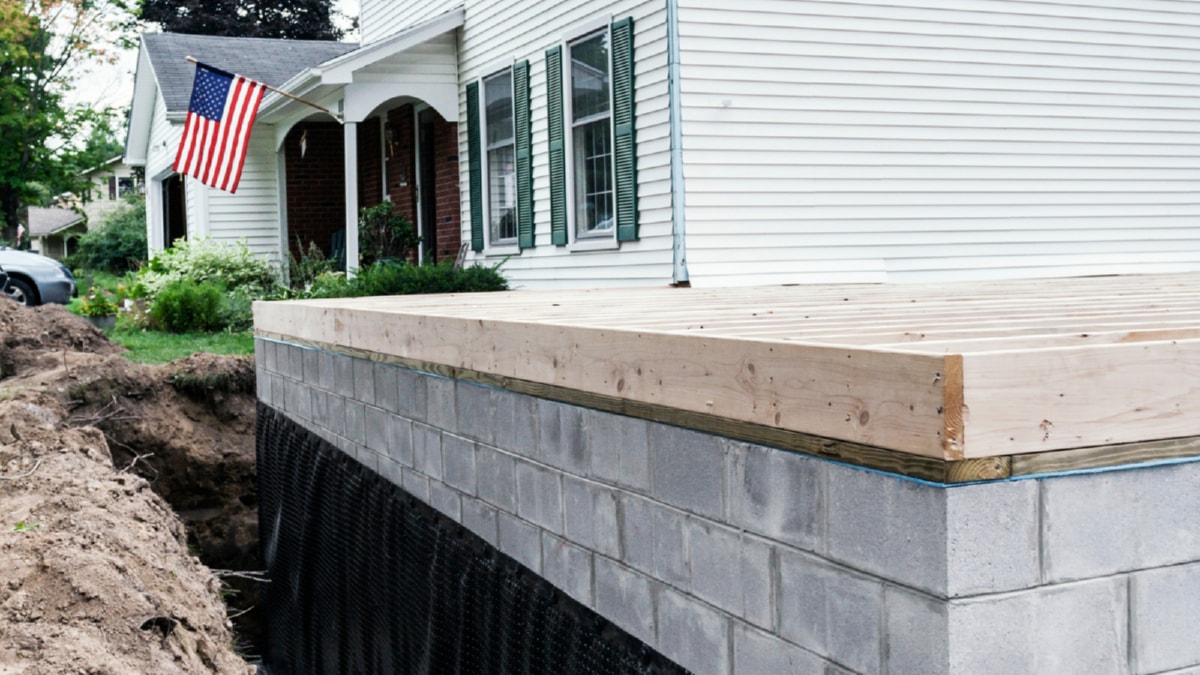The construction industry has traditionally been one of the significant contributors to global environmental degradation. However, with the advent of green building practices, a paradigm shift is gradually unfolding, steering the industry towards sustainability. The impact of these practices is not merely ecological; they extend to economic and social dimensions as well, promising a comprehensive model of sustainability for the construction industry.
Green building practices involve the incorporation of environmentally friendly principles right from the design phase, through construction and operation, to demolition. They aim to significantly reduce or eliminate the adverse effects of buildings on the environment and the inhabitants. The integration of these practices in the construction industry has a far-reaching impact on sustainability.
One of the most apparent impacts is the reduction of waste and emissions. Green buildings incorporate strategies to reduce waste during construction and operation. They use materials efficiently and promote recycling and reusing, substantially reducing the waste generated. Additionally, they employ energy-efficient systems and renewable energy, which lessens the carbon footprint and greenhouse gas emissions.
Another significant impact of green building practices is the conservation of natural resources. These practices promote the use of recycled and renewable materials, reducing the demand for virgin resources. Furthermore, green buildings incorporate water-saving measures, such as rainwater harvesting and greywater recycling, contributing to water conservation.
The economic aspect of sustainability is also profoundly impacted by green building practices. Despite the initial higher costs of green buildings, they provide significant long-term savings through reduced energy and water consumption. Moreover, green buildings usually have higher property values and attract more occupants due to their healthy living conditions, leading to higher return on investment.
Green building practices also significantly contribute to social sustainability. They focus on creating a healthy living environment by improving indoor air quality, using non-toxic materials, and ensuring adequate natural light. Such factors enhance the occupants’ wellbeing, productivity, and overall quality of life.
Moreover, green building practices can foster innovation and skill development in the construction industry. They necessitate the development of new materials, techniques, and technologies, promoting innovation. Furthermore, they require skilled professionals, encouraging training and skill development.
Finally, green building practices can drive policy changes towards sustainability. As the benefits of these practices become more evident, policymakers are more likely to enact regulations promoting green building, further driving sustainability in the industry.
In conclusion, green building practices are paving the way for a sustainable future in the construction industry. They address environmental, economic, and social dimensions of sustainability, promising a holistic approach to tackling the industry’s sustainability challenges. They not only reduce the environmental impacts of construction but also offer numerous economic and social benefits. With their potential to drive innovation, skill development, and policy changes, green building practices are indeed a game-changer for the construction industry’s sustainability.
For more details, check best masonry services or visit their business listing here.



